 There’s been a lot of talk recently, in these days where The Avengers makes a billion and a half dollars at the box office and Robert Downey Jr. can make something like 20 million bucks for acting like an erratic drunk for a few hours – something he did for years for nothing, mind you – about how the actual comic creators who came up with these characters are often getting bupkis in exchange for their creations. Just a couple of weeks ago, Mark Waid made it clear that, despite having elements from his Superman: Birthright story used in Man of Steel, he will not be receiving, nor even expecting, any money:
There’s been a lot of talk recently, in these days where The Avengers makes a billion and a half dollars at the box office and Robert Downey Jr. can make something like 20 million bucks for acting like an erratic drunk for a few hours – something he did for years for nothing, mind you – about how the actual comic creators who came up with these characters are often getting bupkis in exchange for their creations. Just a couple of weeks ago, Mark Waid made it clear that, despite having elements from his Superman: Birthright story used in Man of Steel, he will not be receiving, nor even expecting, any money:
So, no, I get no financial compensation for Man of Steel, nor does Grant Morrison whose words in ALL-STAR SUPERMAN were given voice by Russell Crowe, nor does John Byrne (maybe something for having created the robot Kelex, since that’s a character, not a concept like “Room full of Kryptonian embryos”), nor do the other writers and artists (other than creators Siegel and Shuster) whose contributions to the Superman myth were used in the film. And that’s okay. It’s not optimal, but we knew the rules going in. Hell, for me, honestly, the smile I got on my face the first time I heard lines from BIRTHRIGHT in the MoS trailer–the confirmation that I really did give something lasting back to the character who’s given me so much–is worth more to me than any dollar amount. (Your mileage may vary.)
And I have taken the sometimes unpopular stance that, while on a karmic basis, guys like Jack Kirby, Joe Simon, Joe Shuster, and Alan Moore might deserve more substantial financial consideration for their creations, the fact of the matter is that for the most part, that wasn’t the deal they signed. They signed work-for-hire deals, which meant that they got paid for the scripts, and whatever was actually, you know, in those scripts belonged to the guys writing the checks. And that is a harsh stance to take about an industry that produces some of the stories I love most in the world, and which despite billions in intellectual property value still requires things like The Hero Initiative to provide a safety net for creators, but the law is the law and the contract is the contract. I might have a more jaundiced view of such things than most, as my day job is with a technology company who required me to sign an agreement that any program I noodle out to solve a personal problem technically belongs to them, but regardless, the facts don’t change: if the contract doesn’t say you get any money, you don’t get any money.
Sometimes, however, the contract does say that you get some money… provided you can prove that someone is using your creation. Enter Gerry Conway, his (and many other creators’) deal with DC Comics, and the Comics Equity Project.
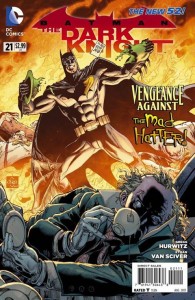

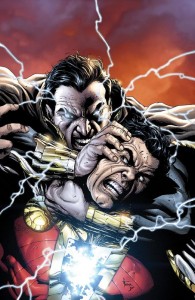
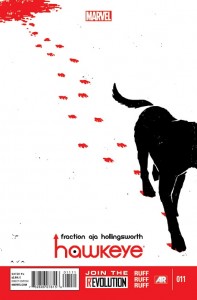
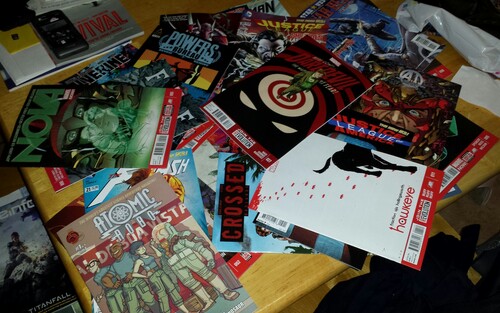
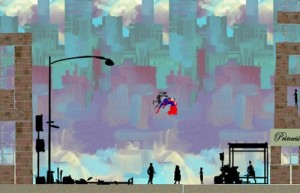
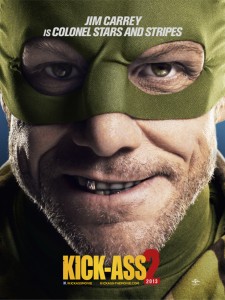
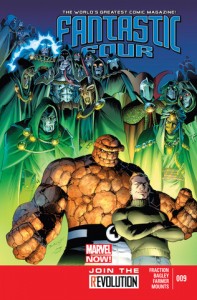
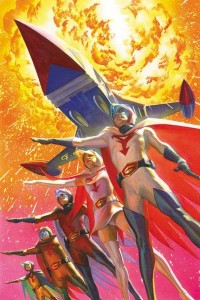
 Podcast RSS Feed
Podcast RSS Feed iTunes
iTunes Google Play
Google Play Stitcher
Stitcher TuneIn Radio
TuneIn Radio Android
Android Miro Media Player
Miro Media Player Comics Podcast Network
Comics Podcast Network